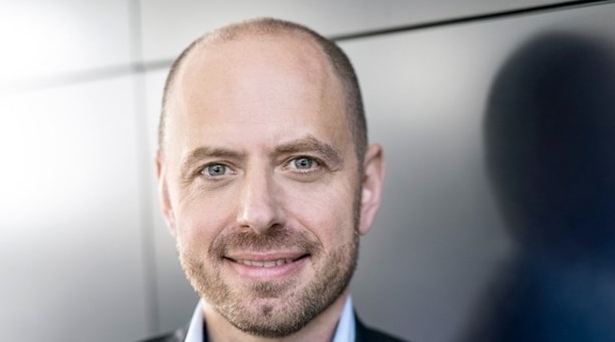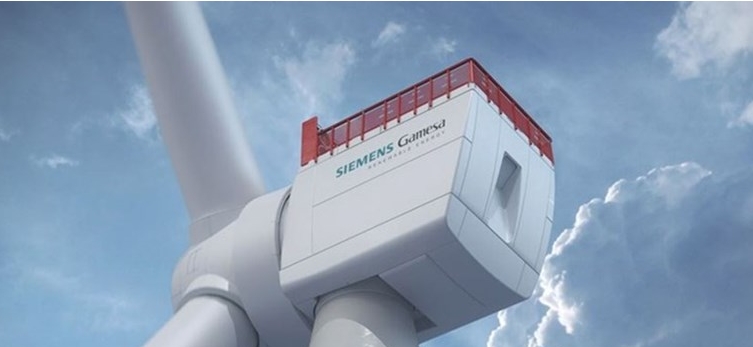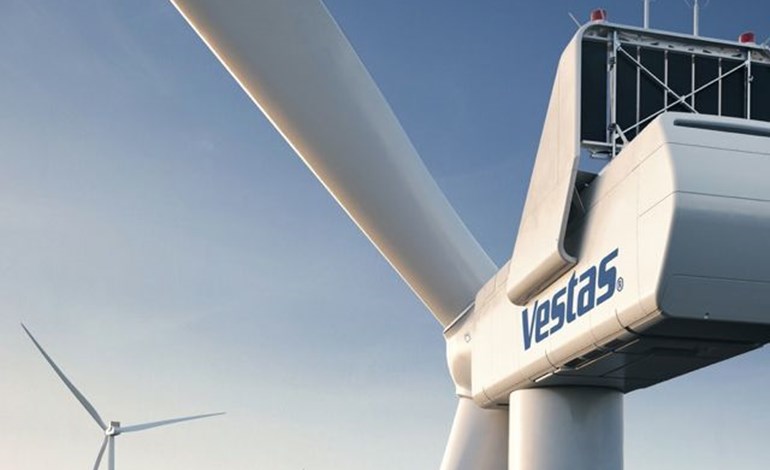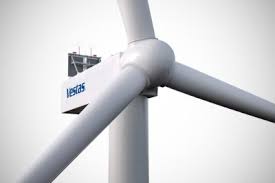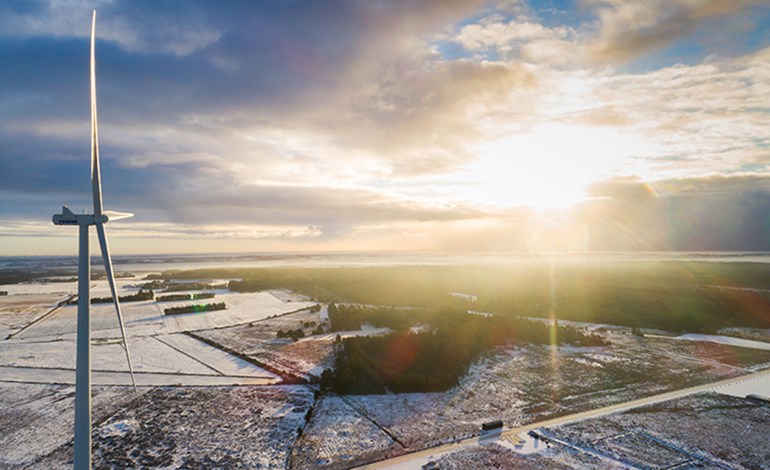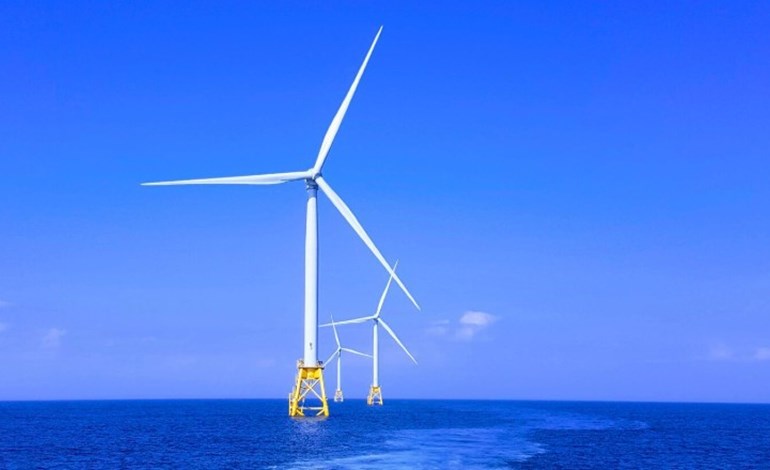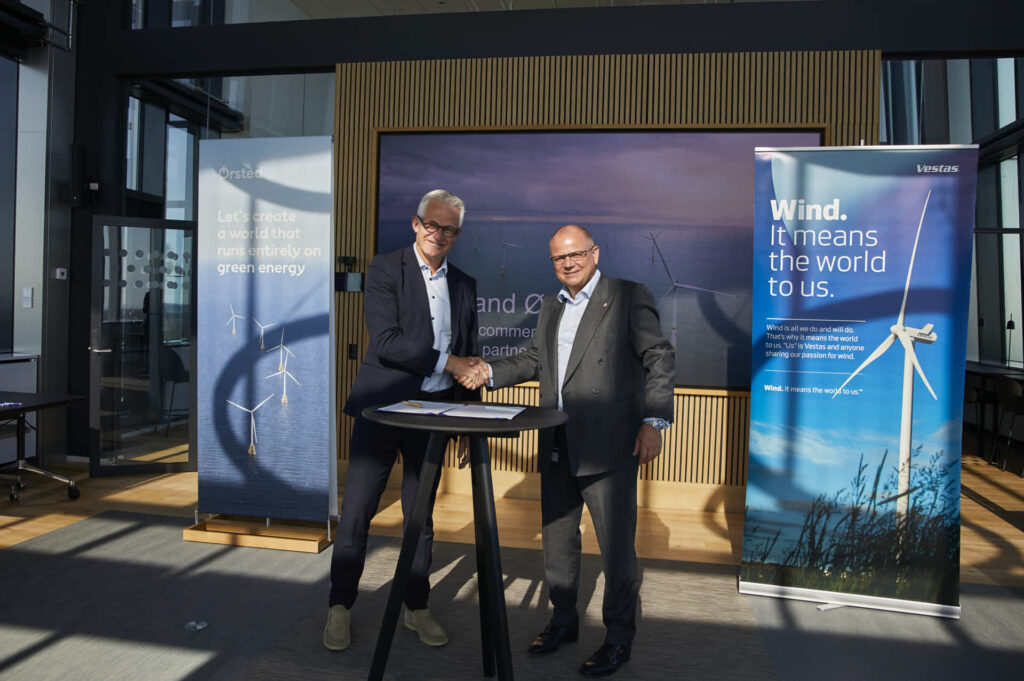
Ørsted and Vestas have entered into a partnership that will see Ørsted using low-carbon steel towers and blades made from materials obtained through the newly developed recycling process in all of its future offshore wind farms which will feature Vestas wind turbines.
When ready for commercial manufacturing, Ørsted will procure recycled wind turbine blades made using the process Vestas developed together with partners in the CETEC project. The new partnership is said to help further accelerate the scaling of the technology.
“We are excited to partner with Ørsted to expedite the deployment of our cutting-edge circular blade recycling technology and foster the demand for low-carbon steel in the wind industry’s supply chain. This partnership is a leap forward for developing circular wind power projects and sends a powerful message that commercial agreements and collaboration are vital in our urgent fight against the climate crisis”, said Henrik Andersen, CEO of Vestas.
As reported earlier, the recycling solution is based on a newly discovered chemical process that can break down composite materials in both existing and future epoxy-based blades, after which the recovered epoxy resin can be used to manufacture new blades.
Vestas is currently scaling up the circular recycling value chain together with its partners Olin, an epoxy manufacturer and Stena Recycling, a recycling specialist, to set up the solution for commercial use.
For its future offshore wind farms using Vestas wind turbines, Ørsted will also procure and install a minimum of 25 per cent low-carbon steel towers.
By utilising scrap steel manufactured with on-site renewable electricity, carbon emissions from heavy steel plates used in towers can be reduced by up to 70 per cent, the developer says.
“Over the last years, Vestas has spearheaded cross-industrial collaboration to establish availability of low-carbon steel for wind turbine towers. With the new partnership, Ørsted and Vestas are sending a strong demand signal to the steel industry to further accelerate the scaling of cost-competitive decarbonised steel for offshore wind”, Ørsted states in a press release from 7 June.
Ørsted also said that, by committing to integrate sustainable procurement not just as a one-off but in all future offshore projects between the two companies, the developer is creating ongoing demand for Vestas’s low-carbon and circular solutions.
In addition to low-carbon steel towers and recycled blades, the two companies will jointly explore other areas of collaboration on sustainability, including biodiversity.
Announcing the new partnership, Ørsted and Vestas also reminded of their commitment to ending landfilling of blades and said this made them “natural partners to take the next steps together towards net-zero wind farms”.
The companies noted that they were the first renewable energy developer and manufacturer to have validated 1.5 ºC-aligned science-based targets for decarbonisation of the entire value chain, and that both companies had implemented supplier decarbonisation and engagement programmes.
“There’s no playing defence when it comes to climate change. And no progress without partnerships. That’s why we at Ørsted are very proud to partner with Vestas to integrate and scale cutting-edge decarbonisation and circularity solutions to meet future customer demands for net-zero wind farms”, Mads Nipper, Group President and CEO of Ørsted, said.
“Together with Vestas, we’re leading the industry towards net-zero, and I urge decision-makers across the globe to also take action and help drive demand for low-carbon and circular solutions within renewable energy”.
